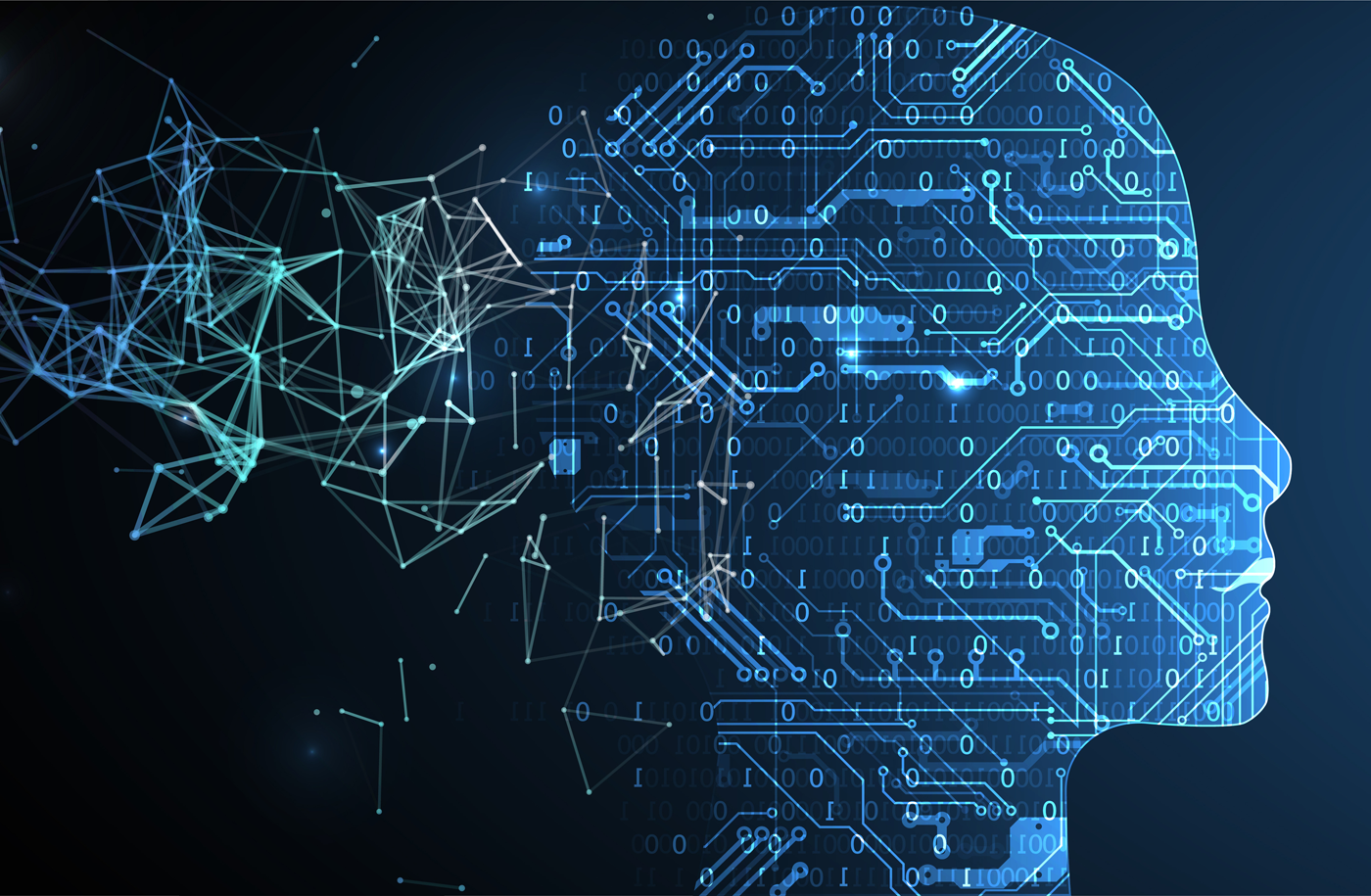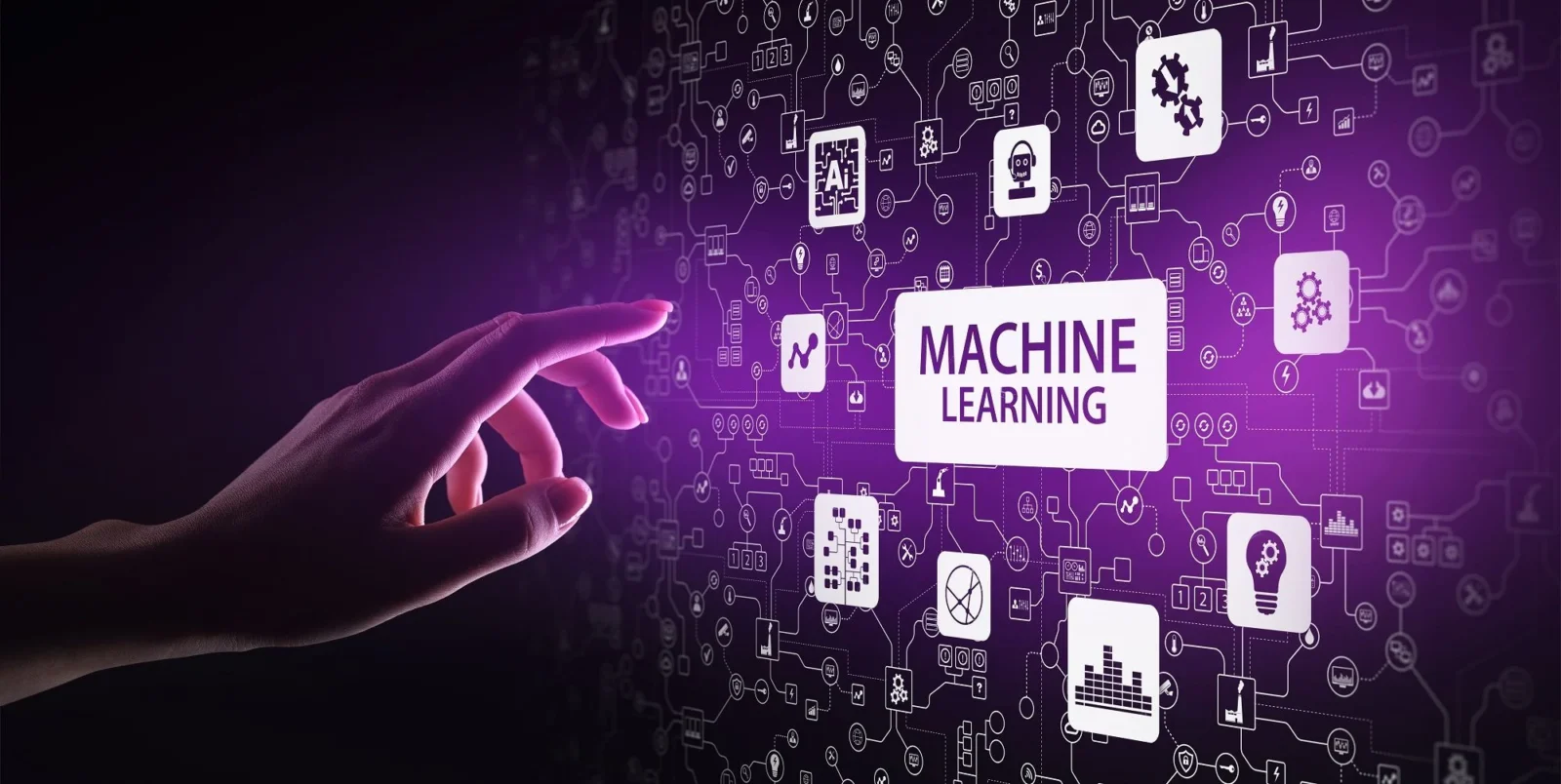Artificial Intelligence (AI) has rapidly advanced in recent years, transforming various industries and revolutionizing how we interact with technology. One of the most exciting areas of development is the emergence of AI detector technologies.
These innovative tools are changing the game when it comes to detecting and identifying patterns, anomalies, and trends in data. In this article, we will explore three cutting-edge innovations and trends in the field of AI detectors that are shaping the future of technology and paving the way for new possibilities.
1. Neural Networks and Deep Learning in AI Detection Systems

Neural networks and deep learning have revolutionized the field of artificial intelligence detection systems, bringing new levels of accuracy and efficiency. These technologies have enabled AI detectors to learn and adapt from vast amounts of data, allowing them to identify patterns and anomalies with unprecedented speed and accuracy.
By leveraging the power of neural networks, AI detectors can analyze complex datasets and make informed decisions in real-time, making them invaluable tools in various industries, from cybersecurity to medical diagnostics. With continuous advancements and refinements in neural networks and deep learning algorithms, the future of AI detection systems looks brighter than ever, promising even greater capabilities and impact in the years to come.
2. Advances in Computer Vision for AI Detection Technologies

Recent advances in computer vision technology have revolutionized the field of AI detection. These innovations have led to significant improvements in the accuracy and efficiency of detection systems, making them more reliable than ever before.
One of the key breakthroughs in this area is the development of deep learning algorithms that can accurately identify and classify objects in real-time. By leveraging the power of neural networks, these algorithms are able to analyze complex visual data with incredible speed and precision.
This has paved the way for the development of more advanced AI detection technologies that are capable of detecting a wide range of objects, from faces and vehicles to animals and even medical conditions. As a result, the potential applications for these technologies are virtually limitless, with industries ranging from healthcare and security to transportation and retail all poised to benefit from these groundbreaking advancements.
3. Integration of Machine Learning and Edge Computing in AI Detectors

The integration of machine learning and edge computing has revolutionized the field of AI detectors, allowing for more efficient and accurate detection of various patterns and anomalies. By combining the power of machine learning algorithms with the processing capabilities of edge devices, AI detectors can now analyze complex data sets in real-time, leading to quicker decision-making and improved outcomes.
This synergy between machine learning and edge computing has also enabled AI detectors to operate autonomously in remote or resource-constrained environments, further expanding their applications across industries. With this innovative approach, AI detectors are becoming more versatile and reliable, setting the stage for even more advanced technologies in the future.
Conclusion
In conclusion, the rapid advancement of AI detector technologies has revolutionized various industries by enabling more efficient and effective detection systems. The emergence of innovations such as edge computing, quantum sensors, and explainable AI has significantly improved the capabilities and performance of detectors across different applications.
As these trends continue to evolve, we can expect even more groundbreaking developments in the field of AI detectors, leading to enhanced accuracy, reliability, and overall effectiveness in detecting and mitigating various threats and challenges. The future of AI detector holds immense potential for transforming how we approach detection and decision-making processes, ultimately shaping the way we interact with and adapt to our complex and evolving world.


